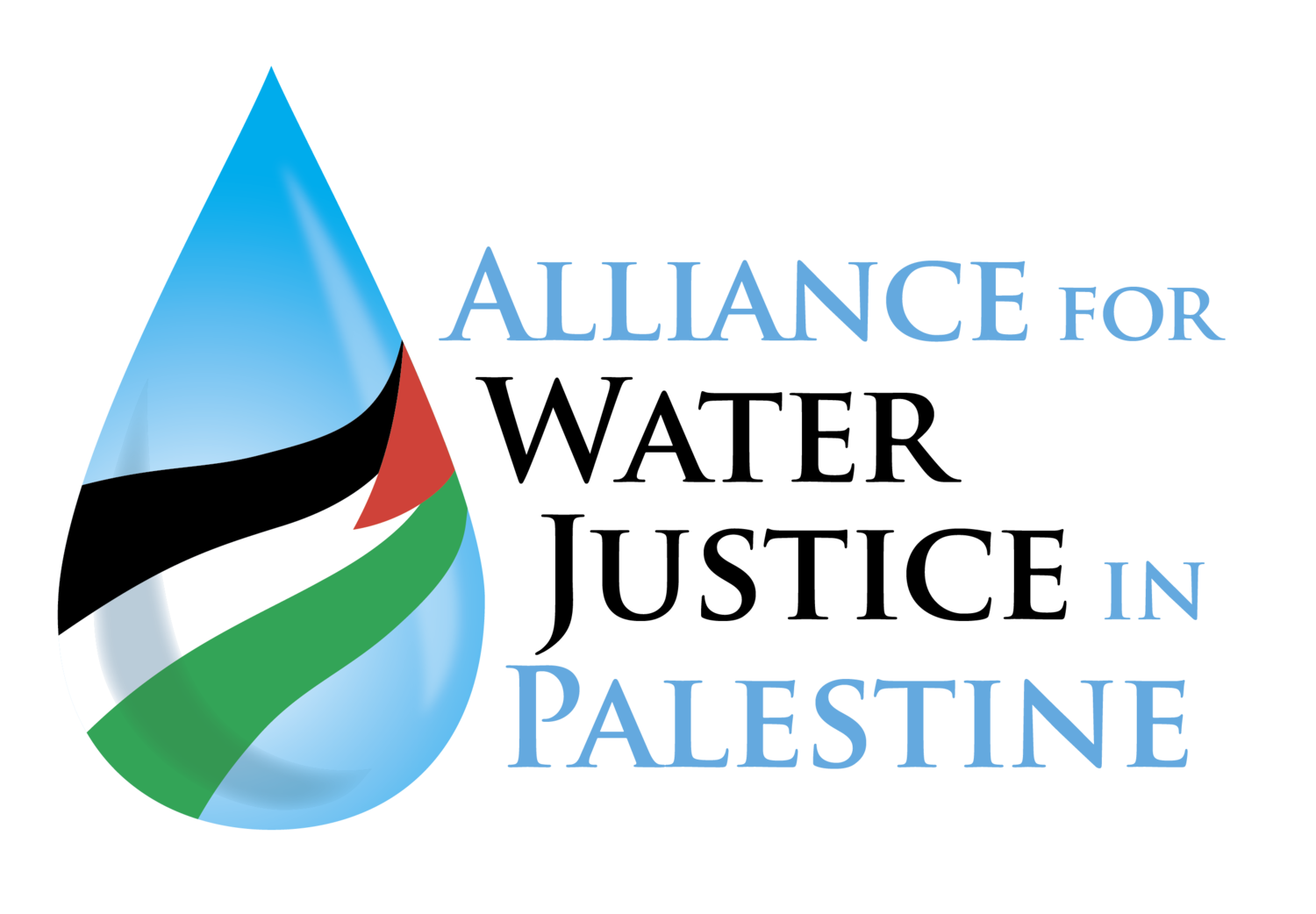The 2.1 million people living in the Gaza Strip have been suffering from an acute electricity crisis since 2006, when Israel bombed the Gaza Strip’s only power plant. Israel’s deadly assault on Gaza this month caused power outages of up to 20 hours a day.
These electrical outages devastate the already severely damaged water and sewage infrastructure by disrupting the operation of potable wells, wastewater pumps, and treatment plants.
In the Gaza Strip, even before Israel’s recent bombings—
• 98% of the water is not fit for human consumption.
• Less than 10% of the population has direct access to clean and safe drinking water.
• The annual supply of safe drinking water from all sources is only 21.8 million cubic meters—while the demand exceeds 130 million cubic meters.
• 97% of the population must rely on informal, unregulated private water tankers for drinking water, and pay exorbitant rates.
• One-fourth of illnesses are waterborne. Cases of cholera, giardia, polio, and viral meningitis reflect growing concerns about the effects of biological and chemical contamination.
• About 12% of child deaths are linked to intestinal infections related to contaminated water.
• Only 3.8% of the 288 authorized wells passed WHO health standards, due to salinity, sewage, and chemical runoff into the aquifer.
• Israel’s continuous damage to the water and sewage infrastructure has resulted in severe leakage. About 43% of the domestic water supply never reaches households.
• Israel’s blockade forbids much equipment and materials needed to repair the infrastructure from entering the Gaza Strip (Israel also forbids x-ray machines, claiming they can be used for military purposes).
(Sources: al-monitor, common dreams, anera)
Street Address
Jamaica Plain, MA
Phone Number
Your Custom Text Here

